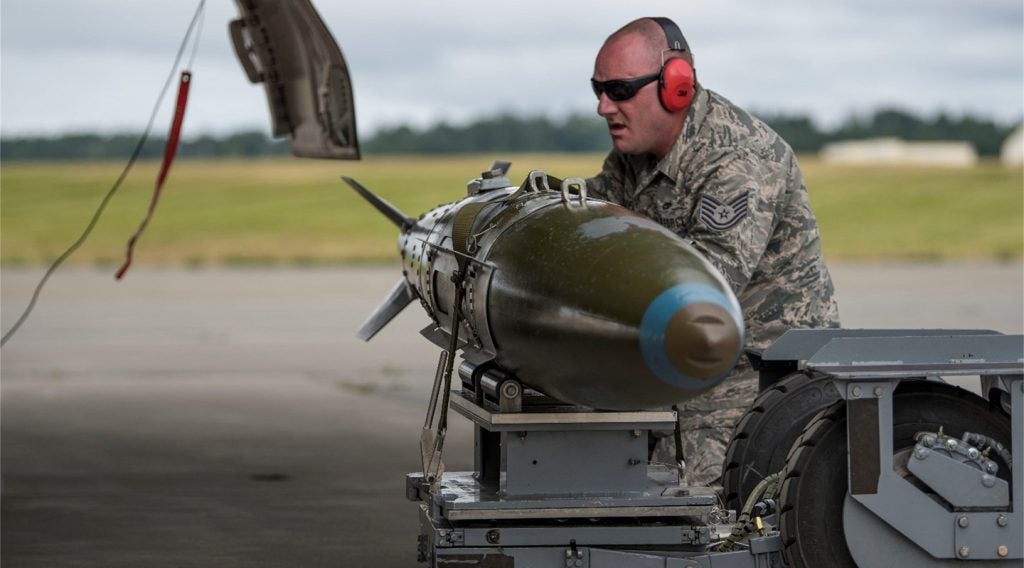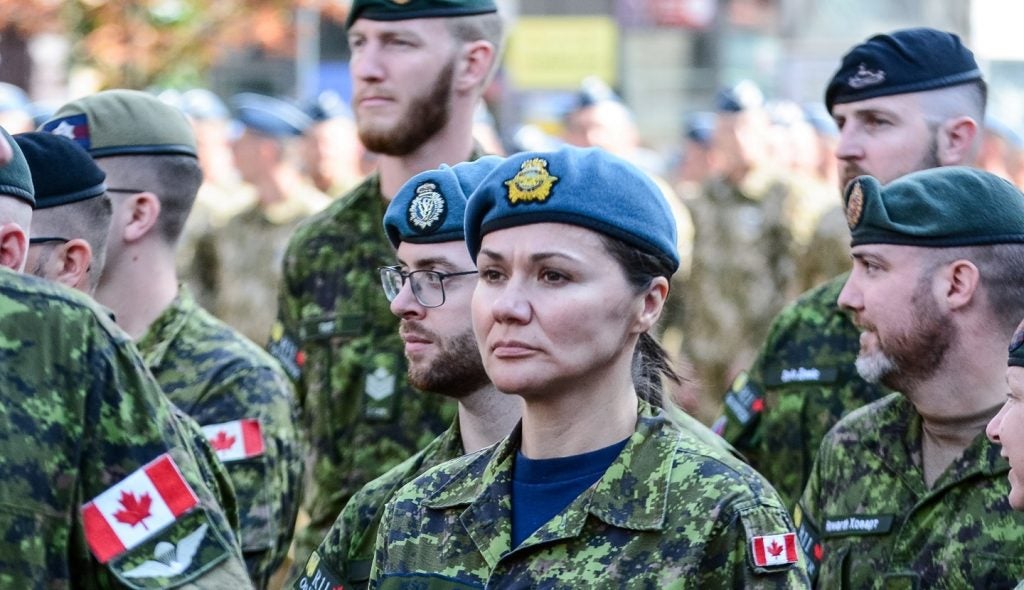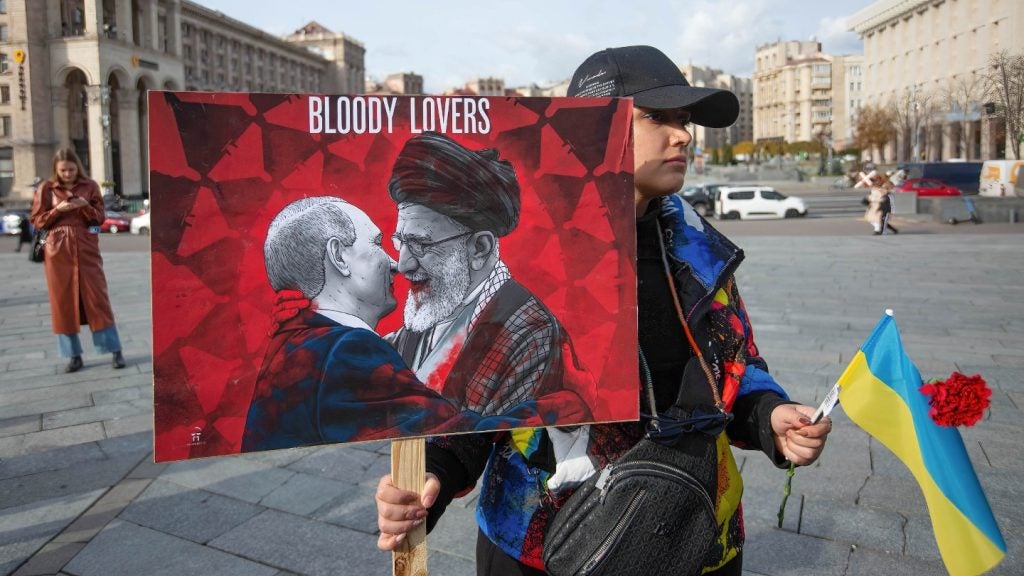Western European region’s defence expenditure is projected to increase in 2021. The region’s defence spending has grown consistently year-on-year since 2015.
Verdict has conducted a poll to assess whether conventional Russian platforms are significant drivers of defence expenditure in Western Europe.
Based on the analysis of the poll responses, new-generation Russian conventional platforms such as Armata, Bumerang, and Su-57 Felon are drivers of defence expenditure in Western Europe, sa voted by a majority 71% of the respondents.

While 41% of the respondents opined that Russian conventional platforms are significant drivers of defence expenditure, 30% of the respondents voted that the impact is to a limited degree.
Further, 16% of the respondents opined that the Russian platforms are not significant drivers of defence expenditure.
How well do you really know your competitors?
Access the most comprehensive Company Profiles on the market, powered by GlobalData. Save hours of research. Gain competitive edge.

Thank you!
Your download email will arrive shortly
Not ready to buy yet? Download a free sample
We are confident about the unique quality of our Company Profiles. However, we want you to make the most beneficial decision for your business, so we offer a free sample that you can download by submitting the below form
By GlobalDataThe remaining 13% of the respondents opined that shift from the posture for war on terror generally is a greater driver of defence expenditure.
The analysis is based on 249 responses received from the readers of Verdict’s defence sites, Airforce Technology, Army Technology, and Naval Technology, for a poll conducted between 21 January and 11 February 2021.
Defence expenditure in western Europe increasing due to perceived threat from Russia
Defence expenditure of Russia, which was the fourth largest military spender in 2019, increased by 30% between 2010 and 2019 to reach $65.1bn, despite a decrease in 2017 and 2018. Russia’s military expenditure was 30% higher than that of Western European countries such as France, Germany, and the UK, according to Stockholm International Peace Research Institute (SIPRI).
Among the top military spenders in Western European, Germany recorded the biggest increase in military expenditure, which increased by 10% to $49.3bn in 2019. The major reason behind the increased spending was the perceived threat from Russia, which is also shared by many of the North Atlantic Treaty Organization (NATO) member states.
The perceived threat from Russia is also due to the launch of new weapons by the country such as the Armata T-14 tank, which features active protection systems (APS) that can render anti-tank weapons far less effective. Although the tanks are yet to enter service, lack of a strong competitor for the tank in Europe places the region at a disadvantage. Germany and France are collaborating to develop a competitor for the tank, but development of a prototype may take years, according to Russian Deputy Prime Minister Dmitry Rogozin.







